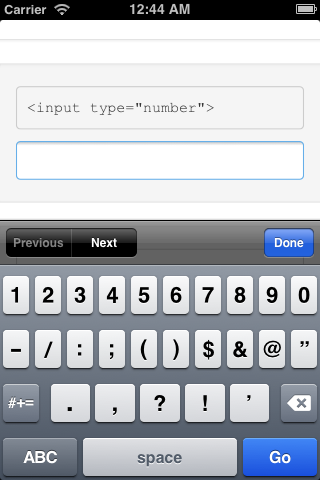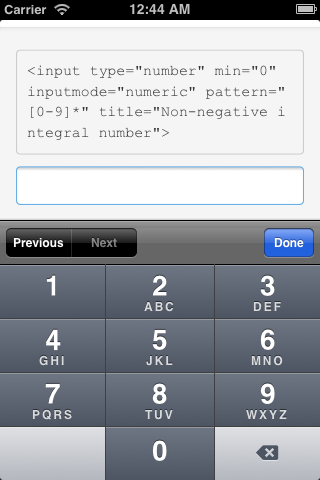library gplots中有一个很实用的热图工具,就是heatmap.2
提交的数据为矩阵,行列name可作为聚类后的标签
其中有很实用的参数
1. 行、列聚类树状图,热图,以及colorkey的位置排布
可以用参数lmat,其中1代表热图,2代表行聚类树状图,3代表列聚类树状图,4代表colorkey,0代表空
默认情况下lmat=rbind(c(4,3),c(2,1)) ,即colorkey在左上角
根据lmat,画布被分为两行、两列,相应的你可以设置每行每列的宽和高,这就是参数lwid以及lhei。所以lwid向量的长度要与lmat中列的数目相等,lhei向量的长度要与lmat中行的数目相等
例如 你 想把colorkey放在图的下方,可设置 lmat=rbind(c(0,3),c(2,1),c(0,4)) ,lhei=c(1,4,2),lwid=c(1,2) 。其中的长和宽其实就是代 表画布上你分配给各部分的量,例如此处lhei=c(1,4,2),则大约整个画布高度的1/7给第一行,4/7给第二行,2/7 给第三行
2. 行、列标签字体大小
可以使用参数cexCol、cexRow设置
3 颜色设置使用col
可以自己定义颜色向量,颜色代码可参考http://canghai2381.blog.163.com/blog/static/3400332420082192317234/ ;
相应的可以用breaks参数界定颜色分割的阈值
4 colorkey的显示
key=FALSE可不显示colorkey,而density.info可以确定要不要在colorkey上显示直方图
5 行、列标签的分类颜色
RowSideColors、 ColSideColors参数可以为每一行/列定义对应分类的颜色,使用该颜色标记每一行或者列数据所属的类型
例如有六列数据,分为两种类型,分别用红绿标记 ColSideColors=c(‘green’,’green’,’green’,’red’,’red’,’red’)
6 聚类图颜色范围
做聚类图颜色很重要,一般采用greenred或者redgreen,但是有时可能需要其他渐变的颜色,就可以使用colorRampPalette参数,例如想要绿白蓝渐变,就可以设置col=colorRampPalette(c(“green”,”white”,”red”))
7 颜色分割点
你设置的颜色可以选择是不是以0为对称,如果想对称,就可以令symkey=TRUE
另外,就是你可能需要设置某一数值范围为一个颜色,这就可以使用breaks参数,例如你的颜色有八种
定义函数colorsChoice<- colorRampPalette(c(“green”,”white”,”red”))
产生8个渐变col=colorsChoice(8)
8种颜色对应的数值区间breaks=c(-3,-2,-1,0,1,2,3,4,5)
#画带行列分类color的heatmap
library(gplots)
library(RColorBrewer)
mydata<-center.exp
hclustfunc <- function(x) hclust(x, method=”complete”)
distfunc <- function(x) dist(x, method=”euclidean”)
# perform clustering on rows and columns
cl.row <- hclustfunc(distfunc(mydata))
cl.col <- hclustfunc(distfunc(t(mydata)))
# extract cluster assignments; i.e. k=8 (rows) k=5 (columns)
gr.row <- cutree(cl.row, k=8)
gr.col <- cutree(cl.col, k=5)
# require(RColorBrewer)
col1 <- brewer.pal(8, “Set1”)
col2 <- brewer.pal(5, “Pastel1”)
# require(gplots)
heatmap.2(as.matrix(mydata), hclustfun=hclustfunc, distfun=distfunc,
RowSideColors=col1[gr.row], ColSideColors=col2[gr.col])
#extract cluster based on dist
gr.row <- cutree(cl.row,h=2 )
gr.col <- cutree(cl.col, h=2)
# require(RColorBrewer)
col1 <- colorRampPalette(brewer.pal(0, “Set1”))(length(unique(gr.row)))
col2 <- colorRampPalette(brewer.pal(5, “Pastel1”))(length(unique(gr.col)))
# require(gplots)
heatmap.2(as.matrix(mydata), hclustfun=hclustfunc, distfun=distfunc,
RowSideColors= col1[gr.row] , trace=”none”,col=greenred,Colv=FALSE)

